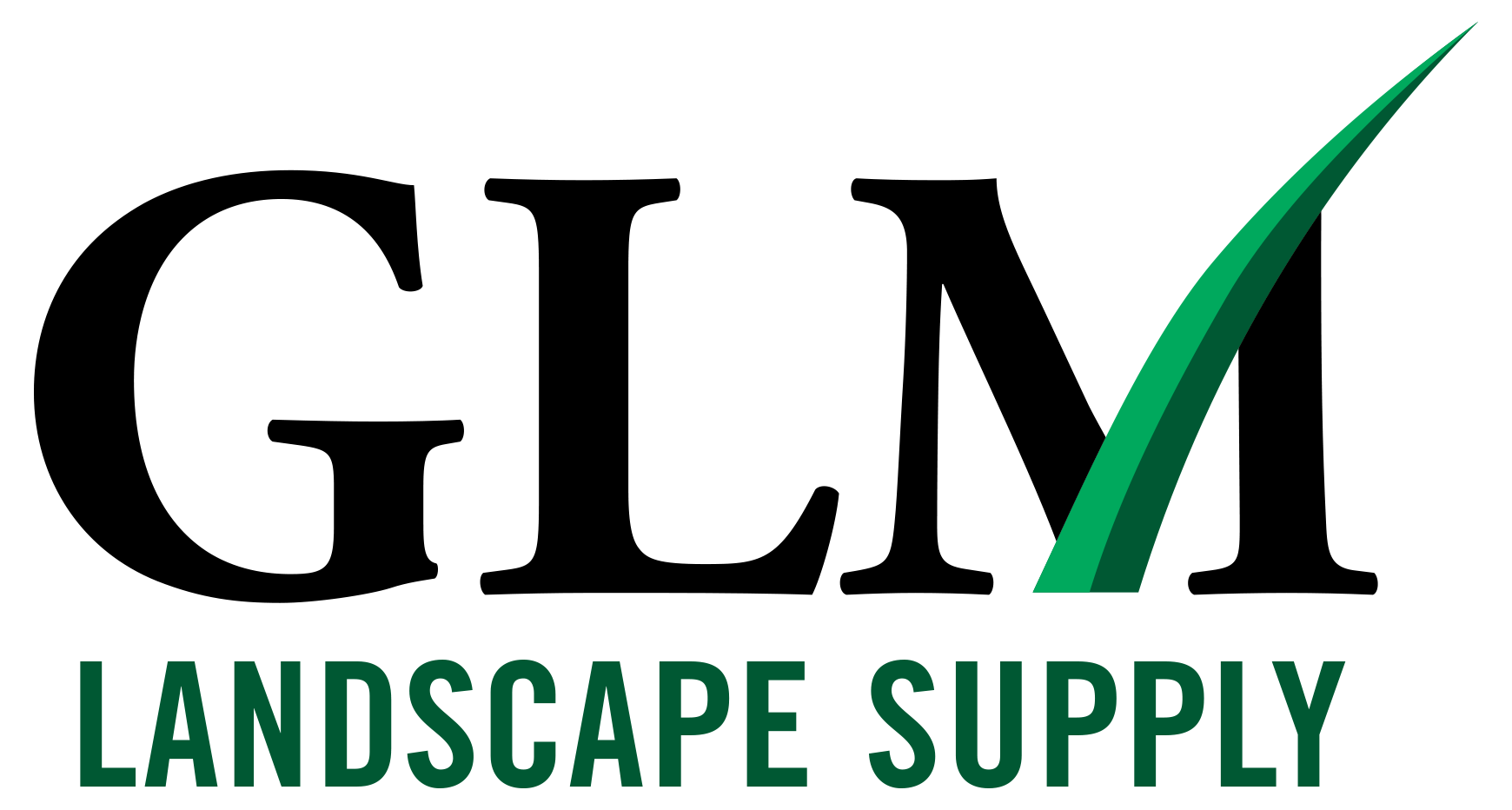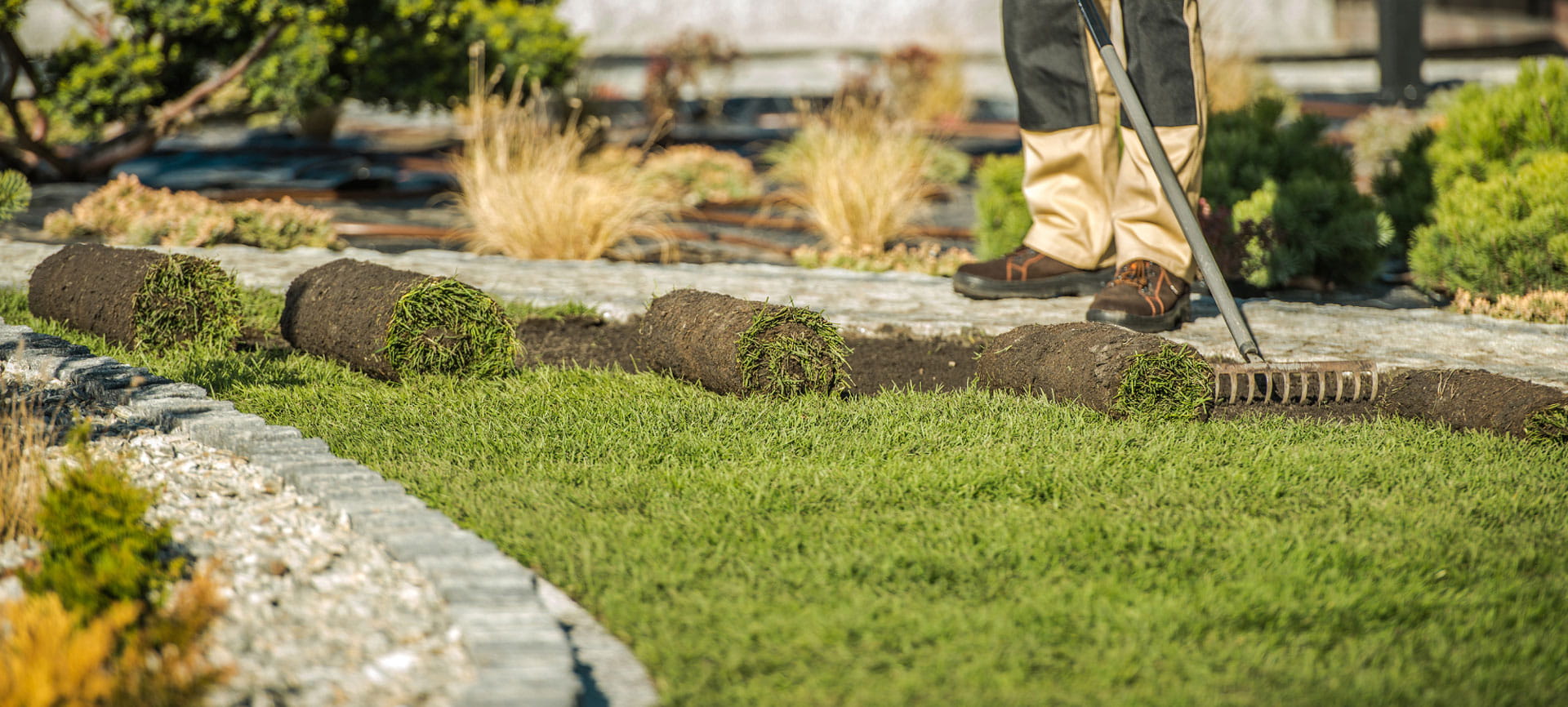
In the heat of Georgia summers, water conservation becomes not just environmentally responsible but financially prudent for homeowners. While GLM Landscape Supply has provided guidance on mulch selection, rock pathways, and dry creek beds, there’s another landscape feature that deserves attention for its exceptional blend of beauty and functionality: rain gardens. These carefully designed depressions can transform problematic wet areas into gorgeous, low-maintenance focal points while addressing multiple landscape challenges common in our Alpharetta region.
What Is a Rain Garden?
A rain garden is an intentionally designed shallow depression in your landscape that collects and absorbs rainwater runoff from impervious surfaces like your roof, driveway, or patio. Unlike a pond or water garden, rain gardens are dry most of the time, only collecting water during and shortly after rainfall events.
- Not Just a Pretty Face: While visually appealing, rain gardens serve critical functions beyond aesthetics. They’re engineered to reduce runoff, prevent erosion, and filter pollutants before they reach local waterways.
- Natural Filtration System: The combination of specialized soil mixtures and carefully selected plants works together to trap and filter contaminants like fertilizers, pesticides, and automotive fluids that would otherwise flow directly into storm drains and eventually into our rivers and streams.
- Wildlife Haven: A properly designed rain garden can become a miniature ecosystem, providing habitat for beneficial insects, butterflies, and birds, enhancing the biodiversity of your property.
Recent studies show rain gardens can absorb up to 30% more water than conventional lawns, making them exceptionally effective in our Georgia climate where sudden summer thunderstorms can dump significant rainfall in short periods.
Why Georgia Homeowners Need Rain Gardens
Our unique Georgia climate presents specific challenges that make rain gardens particularly valuable:
- Managing Flash Floods: Georgia’s tendency toward intense summer thunderstorms means large volumes of water often fall in short periods. Rain gardens can capture this runoff and allow it to percolate slowly into the ground rather than overwhelming storm drains.
- Drought-Friendly Landscaping: Despite our summer storms, Georgia also experiences periods of drought. Rain gardens help capture precious moisture during rainfalls and extend soil hydration during dry spells.
- Protection for Waterways: Georgia’s watersheds feed into sensitive ecosystems including the Chattahoochee River basin and eventually the Atlantic Ocean. By filtering pollutants from runoff, rain gardens help protect these important water resources.
- Reduced Maintenance: Once established, rain gardens require minimal maintenance compared to traditional lawns and gardens, saving homeowners time and money.
- Natural Mosquito Control: Contrary to common misconceptions, properly designed rain gardens actually discourage mosquito breeding. By draining completely within 24-48 hours, they don’t provide the standing water mosquitoes need to complete their lifecycle.
According to the Georgia Adopt-A-Stream program, rain gardens can filter out up to 90% of nutrients and chemicals from stormwater runoff, making them one of the most effective DIY solutions for improving local water quality.
Strategic Placement for Maximum Benefit
Where you place your rain garden matters significantly for both its function and its integration into your existing landscape:
- Follow the Flow: Observe your property during rainfall to identify natural water flow patterns. Ideal locations are slightly downhill from water sources like downspouts or driveway runoff areas.
- Keep Distance from Structures: Position your rain garden at least 10 feet from your home’s foundation and away from utility lines or septic systems to prevent water damage or interference.
- Sun Considerations: Most rain garden plants prefer full to partial sun, so aim for a location that receives at least 4-6 hours of sunlight daily.
- Work with Natural Depressions: If your yard already has a low spot that tends to collect water, this might be an ideal location to develop into a rain garden.
- Address Problem Areas: Areas with existing drainage issues or erosion problems are excellent candidates for rain garden placement, converting troublesome spots into attractive features.
At GLM Landscape Supply, we can help you assess your property’s specific topography and water flow patterns to identify the optimal location for your rain garden project.
Georgia-Native Plants That Thrive in Rain Gardens
Selecting the right plants is crucial for rain garden success. Native Georgia species are particularly well-suited for this application because they’ve adapted to our local climate conditions and can handle both wet and dry periods. Here are some outstanding choices:
Perennials and Grasses:
- Swamp Sunflower: This stunning yellow perennial grows 4-6 feet tall and provides spectacular late-season color.
- Cardinal Flower: With its brilliant red blooms, this showstopper attracts hummingbirds and thrives in moist conditions.
- Joe-Pye Weed: This tall native produces clusters of pink-purple flowers and serves as an excellent butterfly attractor.
- River Oats: This graceful ornamental grass provides year-round interest with its distinctive seed heads.
- Blue Flag Iris: This striking native iris produces beautiful purple-blue flowers in spring.
Shrubs:
- Buttonbush: This unique shrub produces interesting spherical white flowers that attract butterflies and provides excellent structure.
- Virginia Sweetspire: Known for stunning fall color and delicate white flower spikes, this versatile shrub handles wet conditions beautifully.
- Smooth Witherod Viburnum: This native viburnum offers white spring flowers, blue berries, and burgundy fall color.
Trees for Larger Rain Gardens:
- River Birch: With its exfoliating bark and graceful form, this native tree is both beautiful and highly adaptable to wet conditions.
- Sweetbay Magnolia: This smaller native magnolia species offers fragrant white flowers and silvery leaf undersides.
- Red Maple: Fast-growing with brilliant fall color, red maples tolerate periodic flooding.
All these plants are available through GLM Landscape Supply, either directly from our inventory or through our special-order service. Our team can help you select the perfect combination based on your specific site conditions and aesthetic preferences.
Building Your Rain Garden: A Step-by-Step Approach
Creating a rain garden is a satisfying weekend project that can transform your landscape. Here’s how to get started:
- Site Preparation Begin by marking the outline of your rain garden. Most residential rain gardens range from 100-300 square feet, but even smaller gardens can be effective. Remove existing turf and excavate to a depth of 4-8 inches, depending on your soil type and drainage goals.
- Test Your Soil Georgia soils vary widely from clay-heavy to sandy. Understanding your soil composition helps determine if amendments are needed. GLM Landscape Supply offers soil testing services to ensure you’re working with accurate information.
- Prepare the Base For optimal drainage, particularly in clay soils, create a soil mixture of approximately 50-60% sand, 20-30% topsoil, and 20-30% compost. GLM Landscape Supply’s premium blended soils are specifically formulated for optimal drainage and plant health.
- Shape the Basin Form the excavated area into a shallow bowl shape with gently sloping sides. The deepest part should be in the center, gradually rising to meet the existing grade at the edges.
- Direct Water Flow Install rock-lined channels or buried PVC pipes from downspouts or other runoff sources to guide water into your rain garden. Our decorative river rock is perfect for creating attractive water channels.
- Add Plants Arrange plants according to their moisture preferences, with those tolerating the wettest conditions in the center and more drought-tolerant species around the edges. Space plants to allow for growth while providing good coverage.
- Apply Mulch A 2-3 inch layer of hardwood mulch helps retain moisture, suppress weeds, and prevent erosion while the plants establish. GLM Landscape Supply’s premium mulches are perfect for this application.
- Maintain and Monitor During the establishment period (typically the first year), water plants during dry spells and remove weeds regularly. Once established, rain gardens require minimal maintenance beyond occasional pruning and mulch refreshing.
For more detailed information on specific soil mixtures and plant selection for your unique conditions, visit GLM Landscape Supply. Our experts can provide personalized recommendations based on your property’s specific characteristics.
Cost Considerations and Return on Investment
Creating a rain garden is an investment in both your property’s value and environmental health. Here’s what to consider when budgeting:
- DIY vs. Professional Installation: A DIY rain garden typically costs between $3-5 per square foot for materials (primarily plants, soil amendments, and mulch). Professional installation may range from $10-15 per square foot but includes design expertise and labor.
- Size Matters: A standard residential rain garden of 150 square feet might cost $450-750 for materials if self-installed. Larger or more complex gardens will increase costs proportionally.
- Long-term Savings: While there’s an upfront investment, rain gardens can reduce water bills by decreasing irrigation needs, lower maintenance costs compared to traditional landscaping, and potentially prevent costly drainage repairs.
- Property Value Enhancement: According to real estate studies, thoughtfully designed rain gardens can increase property values by enhancing curb appeal and demonstrating environmental responsibility.
- Rebate Opportunities: Some Georgia municipalities offer incentives for installing rain gardens as part of their stormwater management programs. Check with your local government to see if programs are available in your area.
At GLM Landscape Supply, we can help you develop a budget-friendly rain garden plan that maximizes impact while minimizing costs. We offer competitive pricing on all the materials you’ll need, from quality soil amendments to native plants and decorative stone.
Rain Garden Maintenance: Easier Than You Think
One of the greatest benefits of rain gardens is their low maintenance requirements once established:
- Seasonal Cleanup: In spring, remove debris and prune back any dead plant material. In fall, consider leaving some seed heads for winter interest and wildlife food sources.
- Mulch Refreshing: Add a thin layer of fresh mulch annually to maintain a 2-3 inch depth. GLM Landscape Supply’s premium mulches are perfect for this purpose.
- Weed Management: Check periodically for weeds, especially during the first two years. After plants mature and fill in, weed pressure typically decreases significantly.
- Plant Division: Every 3-5 years, divide crowded perennials to maintain vigor and prevent overcrowding. This also provides free plants for expanding your garden or sharing with neighbors.
- Minimal Watering: Once established, rain gardens typically need supplemental watering only during extended drought periods, making them ideal for busy homeowners and water conservation.
Unlike high-maintenance landscapes, rain gardens work with nature rather than against it, resulting in less work for homeowners while providing greater environmental benefits.
Partner with GLM Landscape Supply for Rain Garden Success
At GLM Landscape Supply, we’re committed to helping Alpharetta homeowners create beautiful, functional landscapes that thrive in our unique Georgia climate. For your rain garden project, we offer:
- Expert Guidance: Our knowledgeable staff can help you plan your rain garden, select appropriate materials, and avoid common pitfalls.
- Quality Materials: From premium soil mixes to native plants and decorative stone, we provide everything you need for a successful rain garden installation.
- Delivery Services: Our convenient delivery service brings materials directly to your project site, saving you time and hassle.
- Ongoing Support: We’re here to answer questions and provide advice as your rain garden develops and matures.
Ready to transform your landscape with a beautiful, environmentally friendly rain garden? Visit GLM Landscape Supply at 13975 Highway 9 North in Alpharetta or call us at (770) 664-8200 to get started on your project today. Together, we can create landscapes that beautify our community while protecting Georgia’s precious water resources for generations to come.
Posted on behalf of
13975 Hwy 9
Alpharetta, GA 30004
Phone: (770) 664-8200
Email: britt.thomas@glmsod.com
Mon-Fri: 8 a.m. - 5 p.m.Sat: 8 a.m. - 12 p.m.
Sun: Closed

